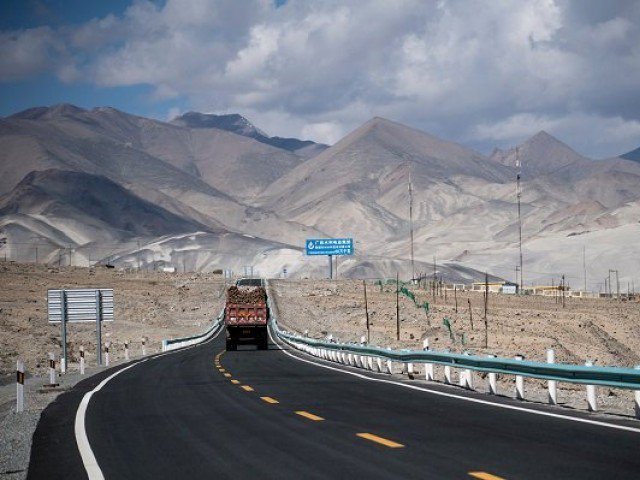By News Desk
Copyright thedailycpec

Pakistan and China formally launched the second phase of the China-Pakistan Economic Corridor (CPEC) at the 14th Joint Cooperation Committee (JCC) meeting in Beijing, where Planning Minister Ahsan Iqbal represented Pakistan.
Shift from Infrastructure to People-Centred Development
CPEC Phase II moves beyond highways and power plants, prioritising youth empowerment, digital innovation, export diversification, and inclusive growth. Minister Iqbal described it as a “People’s Corridor of Prosperity,” designed to transform Pakistan’s economy by investing in human capital and spreading benefits across regions.
Key Agenda Items at JCC
Talks focused on outstanding issues such as capacity payments for Chinese Independent Power Producers (IPPs), financing for the Mainline-1 railway (ML-1) and Karakoram Highway (KKH), and expanding the use of Chinese yuan in Gwadar and other areas. Pakistan also sought China’s support in easing repayment obligations to reduce power costs.
Achievements of CPEC Phase I
Since its launch in 2013, CPEC has attracted nearly $27 billion in investments. Phase I delivered 8,904 MW of electricity, 888 km of highways, Gwadar port development, and around 200,000 jobs. These achievements addressed Pakistan’s power shortages and strengthened national connectivity.
What Phase II Will Deliver
The new phase will expand Special Economic Zones (SEZs), launch technology parks, and establish innovation hubs. Focus areas include AI, digital governance, advanced skills training, and export growth. Provincial benefits have also been outlined: Punjab (agro-based SEZs), Sindh (coastal trade), KP (energy and minerals), Balochistan (Gwadar and rural uplift), and AJK/GB (hydropower and tourism).
Climate and Agricultural Collaboration
Both sides agreed on Green and Livelihood Corridors. These include renewable energy projects, smart irrigation, and climate-resilient agriculture, along with joint climate response teams. Agriculture exports such as red chillies, sesame, and livestock products to China are expected to expand, supported by modern farming practices.
Future Path: From Government to Private Sector Partnerships
Unlike Phase I’s state-led approach, Phase II will rely more on private investment and business-to-business ventures. Recent conferences already generated $8.5 billion worth of MoUs and joint ventures, signalling strong interest from both sides.
Shared Vision for Prosperity
Pakistan and China reaffirmed their commitment to making CPEC a driver of inclusive growth, sustainability, and regional integration. With a focus on people, innovation, and exports, both nations see CPEC as more than a corridor of concrete, a genuine corridor of opportunity and prosperity.



